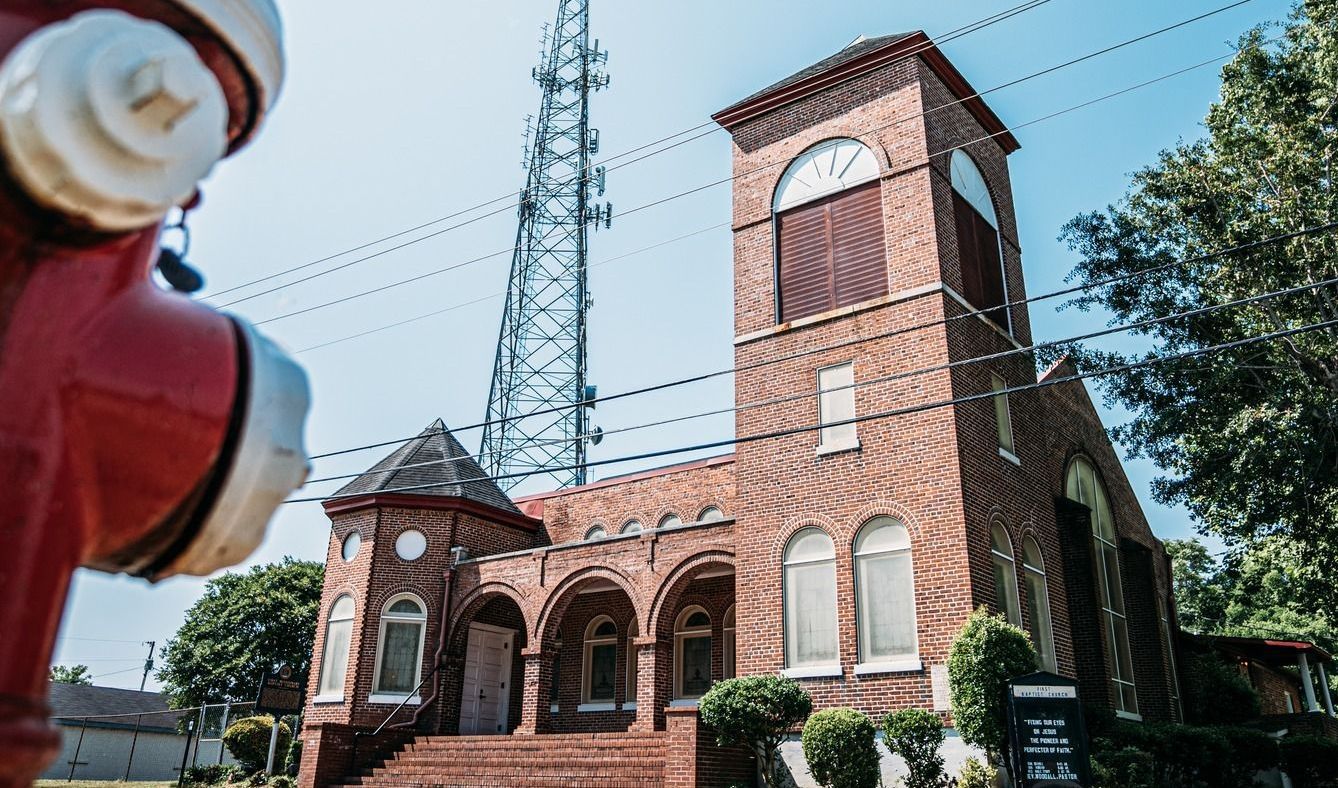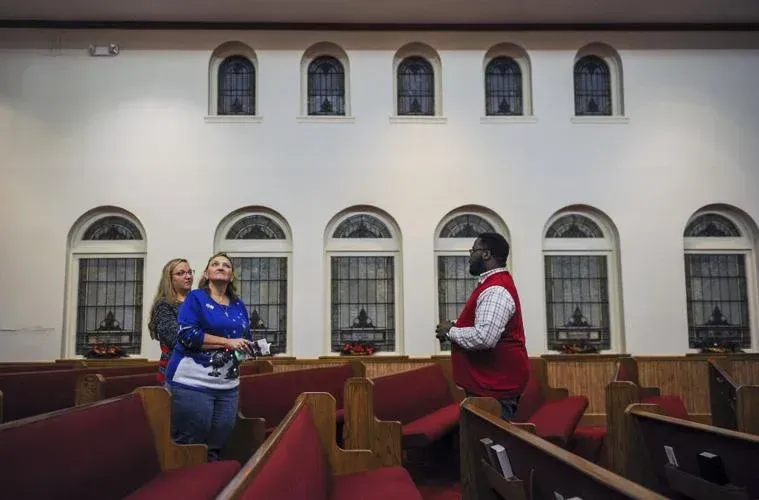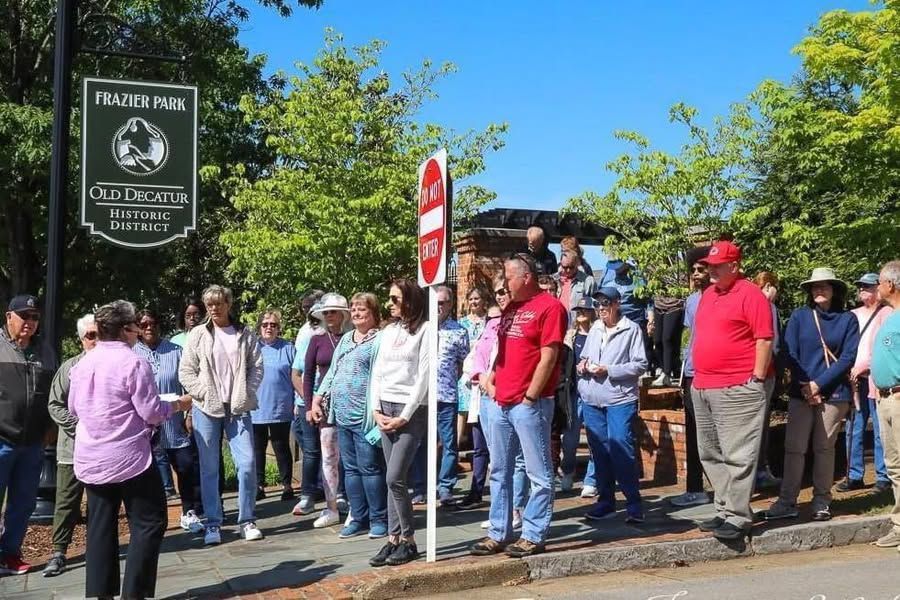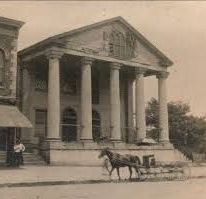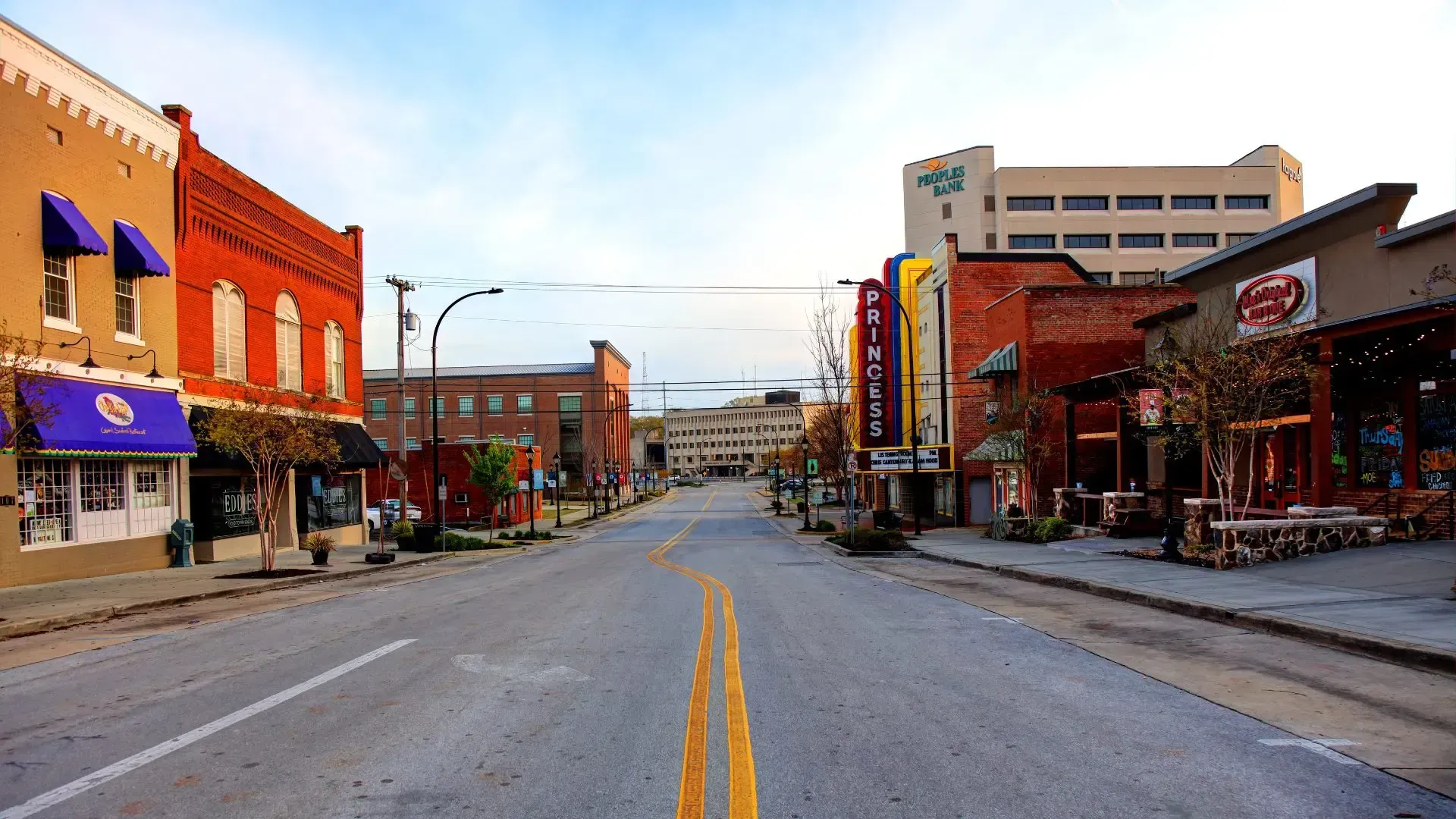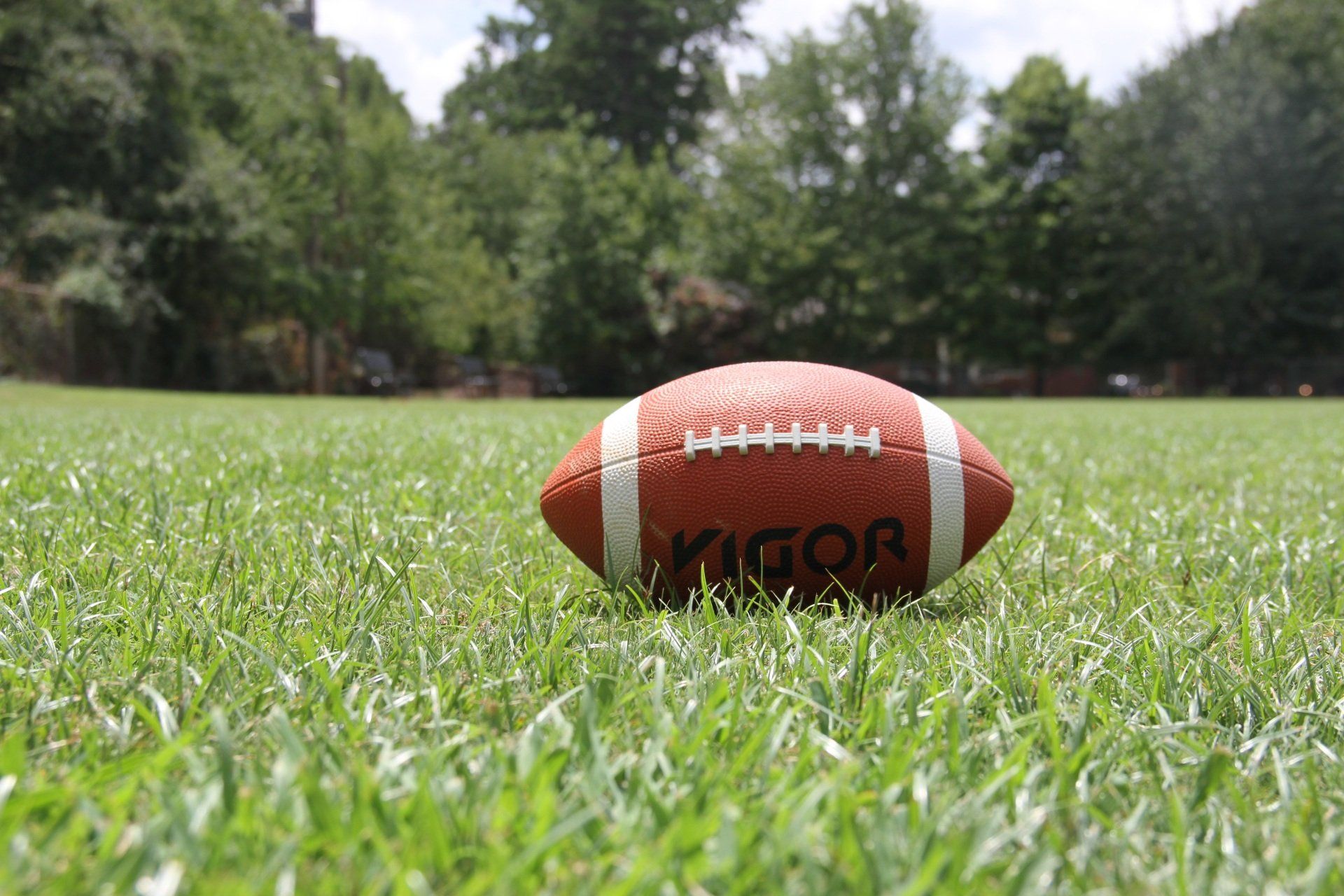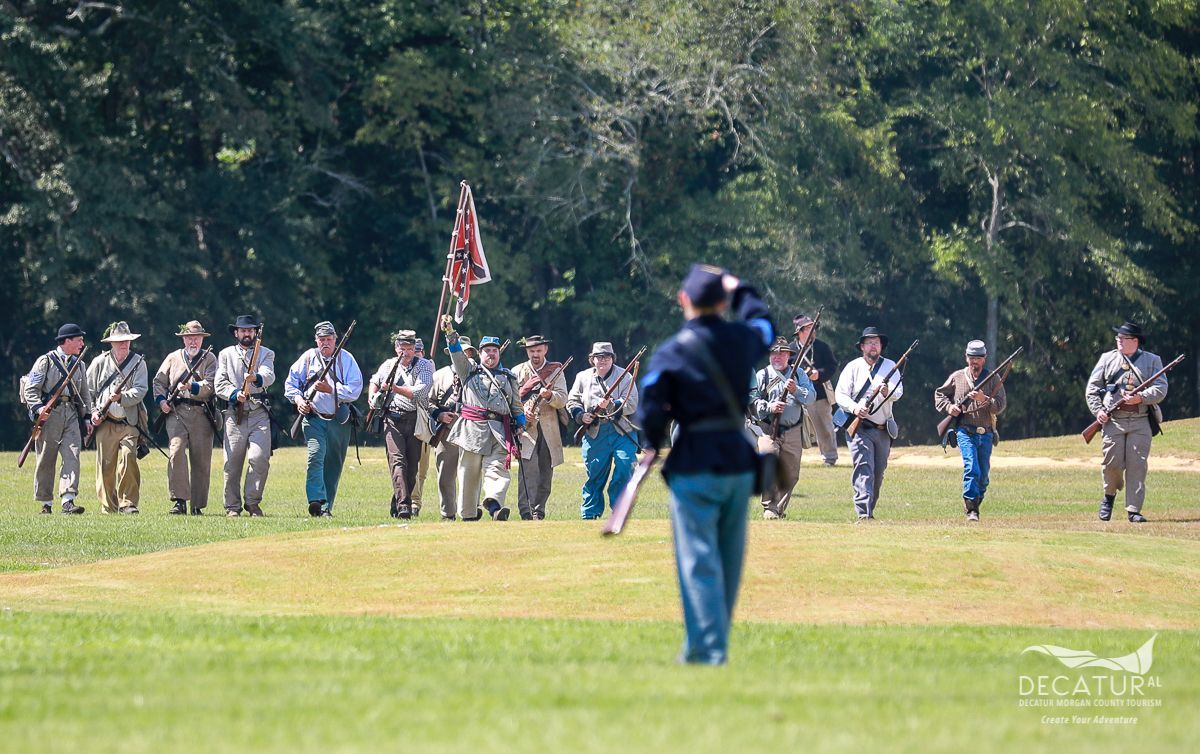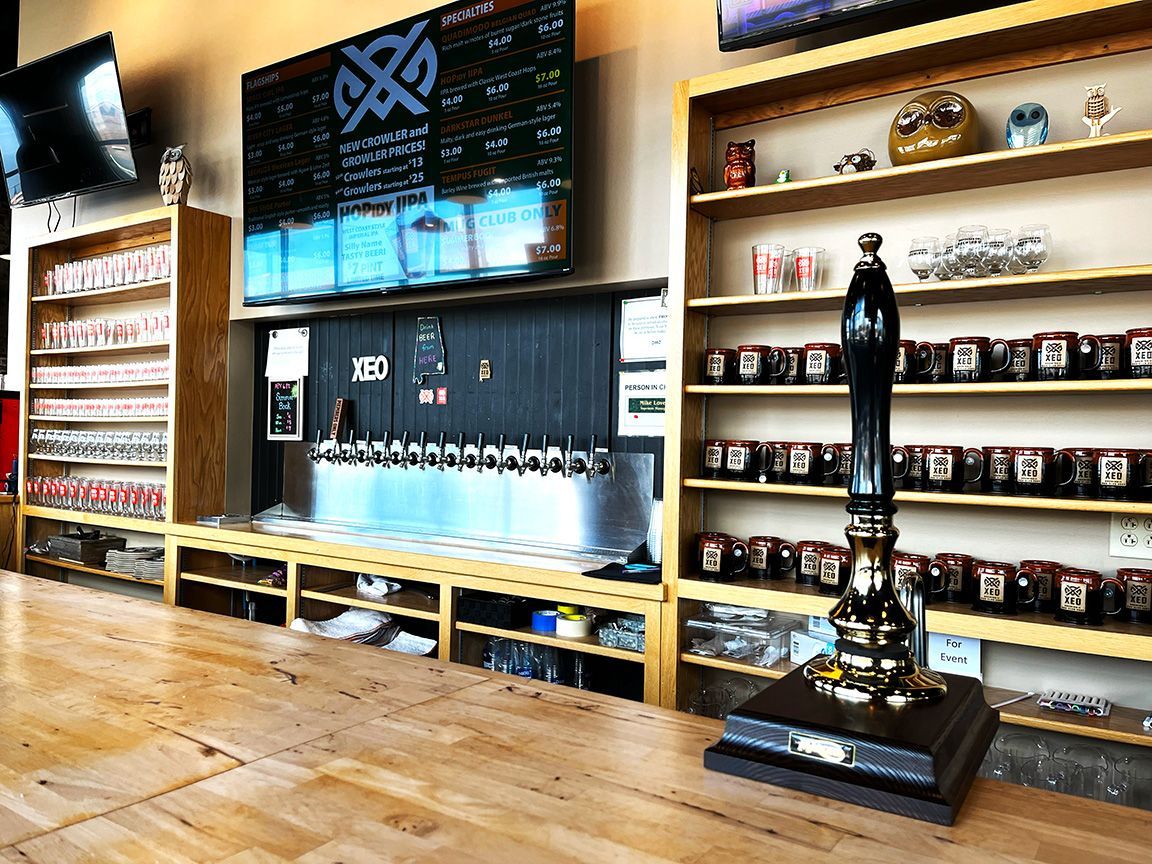Faith, Architecture, and Activism: The Story of First Missionary Baptist Church
In the heart of Old Town Decatur, Alabama, First Missionary Baptist Church stands as a beacon of resilience, faith, and history. Established in 1866 by 21 formerly enslaved individuals, the church has not only served as a spiritual home for its congregation but also as a significant symbol of African American perseverance and architectural heritage.
The church's beginnings trace back to the home of Jane Young, where its founding members gathered under the leadership of Rev. Alfred Peters, the first pastor. Initially, services were held in a modest storefront along the Tennessee River, embodying the dedication and commitment of its members despite limited resources. In 1873, the congregation took a significant step forward by purchasing a building from a white Methodist congregation, establishing a more permanent place of worship.First Missionary Baptist Church's current home, constructed in 1921, is a masterpiece of Neoclassical Romanesque architecture, designed by the renowned Wallace Augustus Rayfield. Rayfield, a trailblazing African American architect, is best known for designing the historic 16th Street Baptist Church in Birmingham, which became a tragic yet powerful symbol of the Civil Rights Movement following the 1963 bombing. His influence is evident in the thick brick walls, rounded arches, towering structures, and striking stained-glass windows of First Missionary Baptist Church, which shares design elements with its Birmingham counterpart.
Throughout its history, First Missionary Baptist Church has been more than a place of worship; it has been a pillar of the African American community in Decatur. During the era of segregation and Jim Crow laws, the church became a hub of resistance and advocacy. Notably, during the infamous Scottsboro Boys trials of the 1930s, the church provided a safe space for meetings between defense attorneys and prospective jurors, demonstrating its commitment to justice and equality.
While the church remains a cornerstone of Decatur's African American community, it has faced its share of struggles as years have gone by. Despite these challenges, the congregation remains steadfast in preserving this historic landmark. Efforts are underway to restore and maintain the building, with hopes of transforming it into a destination for Civil Rights education, historical tours, architectural enthusiasts and more.
First Missionary Baptist Church is more than just a structure; it is a living testament to faith, endurance, and cultural heritage. Its story, interwoven with the broader narrative of African American history in the South, deserves recognition and preservation for future generations. With ongoing community support, this historic church can continue to serve as an enduring symbol of resilience and progress.

